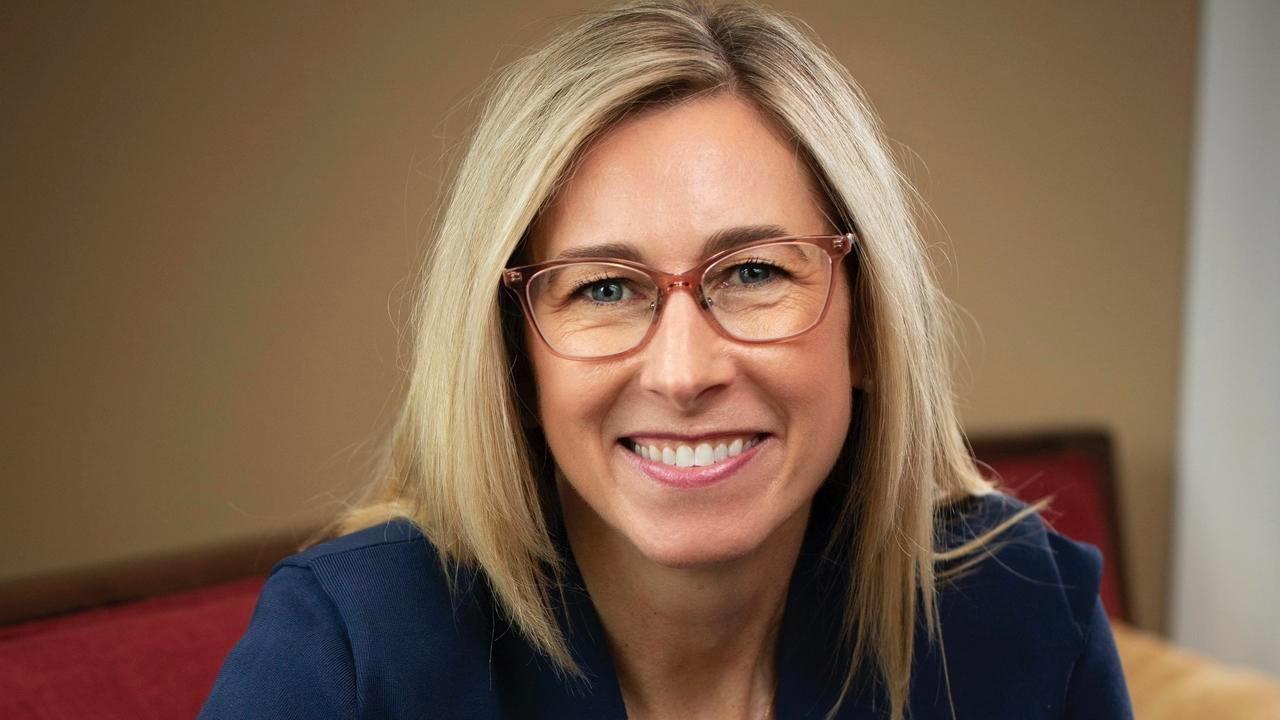
Practical tips for stress, exploring burnout vs moral injury, and more.
Stress, Burnout, and Moral injury in healthcare
I recently listened to Brené Brown’s podcast on Burnout with Emily and Amelia Nagoski, twin sisters, who wrote the book Burnout: Unlocking the Stress Cycle. If you haven’t listened to it, I recommend it: Podcast link (summary tips at the end of my blog).
As I do more often since I’ve been coaching, I reflected how poorly we as physicians process emotions in general. I plan a future blog devoted wholly to this. This podcast episode emphasizes what we can do with stress when we can’t control the stressors. We know chronic stress can lead to burnout.
Let’s spend a couple of minutes talking about that. Burnout is part of my story. Coaching has been shown to prevent and treat burnout, as demonstrated in recent studies - Article #1 and Article #2
Burnout involves at least 2 of 3 defined components. 1. Emotional exhaustion – which seems self-explanatory and pervasive during the pandemic. 2. Depersonalization -- in which the individual loses their ability to engage and feel compassion and empathy. 3. Loss of sense of personal accomplishment -- in which the individual feels everything they do is futile.
The newer term is moral injury, which some argue should replace the term burnout, while others suggest they are separate yet integrally related concepts, is moral injury. Moral injury in healthcare is when we don’t or can’t prevent an act that transgresses our deeply held moral beliefs engrained in us, such as putting the patient first. Many physicians are in near-impossible situations with stakeholders' demands such as insurance companies, healthcare systems, finances, liability, and EMRs competing with the physician’s moral code. We have more at stake, more responsibilities, with more risk now more than ever. This competes with a coinciding ever-increasing loss of autonomy. All while trying to do what we feel is best.
The reason for the terminology debate is that some feel the term “burnout” implies the issue is with the physician and that “moral injury” demonstrates that the system has created the situation. A recent article showed physicians in the US have very high resilience rates, but even the most resilient ones had a high rate of burnout. Article #3 So, clearly, it’s not a resilience deficit.
As a practicing physician and a coach, I know firsthand the brokenness of the system. The good news is that systems-thinkers and leaders are stepping up in record number in the face of the pandemic-highlighted urgency. Even so, those fixes will be slow, and they will be imperfect. In the meantime, as a coach, one of my tasks is to help physicians deal with the things they can control while awaiting the system improvement and dealing with stress and even take back the enjoyment of their chosen careers.
Resident physicians, especially, have little control in most systems. However, how we think, feel, and act is in our control, which is the focus of coaching. That’s one of the reasons I loved this particular podcast. What can we control? Modalities such as mindfulness, gratefulness, self-care, and coaching all help mitigate stress and improve well-being when we cannot control the stressors. (Article #5). The Nagoski sisters also list some very practical ways in which we can help ourselves.
Emily and Amelia discuss how the ebb and flow of stress should be expected. What do we do with the stress that is just part of the full human experience? They review the importance of regularly reassuring your brain that it's safe. They refer to it as "closing the stress cycle." Here is a brief overview of the 7 things that signal your brain that it’s safe.
- Physical exercise.
- Focused breathing exercises.
- Positive social interactions (even as simple as chatting positively with the grocery store's checkout person).
- Genuine laughter (not the socially posed type).
- Hugs in which each person holds their own weight until relief is felt.
- A good cry. Turn your attention toward the physical sensations without feeding yourself more thoughts, and the cry will end on time.
- Creative expression. They quote Carrie Fisher: "Take your broken heart and turn it into art" (This can be as non-artistic as using your imagination).
Try them out and see which are most effective for you.
If you’ve been under chronic stress for a while, be prepared that it will take repeated closings that lessen the built-up burden a bit each time.
In a future blog, I will discuss how our thought-life can decrease unnecessary suffering and also more about processing emotions as physicians.
Have a joy-filled day! Tonya
Want to know more about how coaching can help you or your program? Learn more
Join Weekend Reads
Weekly insights, tips, and tools for physicians who want to thrive—plus a dash of fun.
We hate SPAM. We will never sell your information, for any reason.

